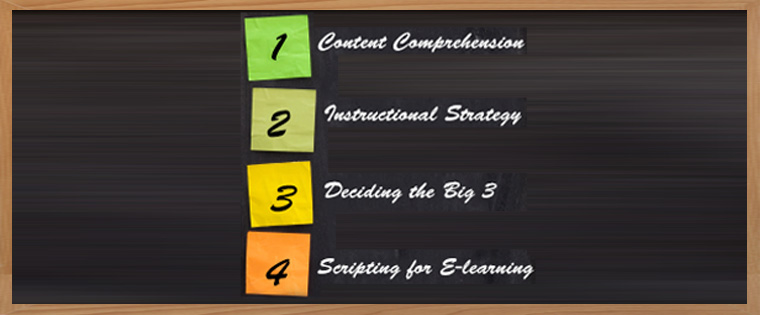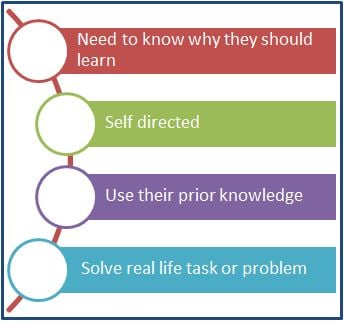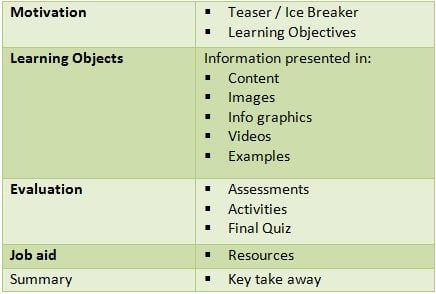Developing E-learning Curriculums from ILT Learner Guides – 4 Simple Step Process
E-learning curriculum is the best training investment for many years to come, let’s see 4 steps to develop elearning curriculum from ILT material

Do you know that companies save between 50% and 70%, when they replace instructor-based training with eLearning? (IOMA 2002). But how do you embark on eLearning by leveraging the existing ILT material?
A good ILT material consists of PowerPoint Presentations, Learner Guides with Trainer Notes for interactivities and activities for learners to be done in the classroom. It also has participant handouts.
Converting a good ILT program into eLearning curriculum can be very easy as the content is well thought of and created by SMEs and trainers.
Before converting the ILT material into eLearning, you need to first decide if this eLearning course will replace the classroom training or to blend it. If you wish to replace the classroom training, here are the 5 steps.
Step 1: Content Comprehension
This step is the key to successful eLearning development. In this step you should go through the learner guides, PowerPoint presentations and other supporting documents.
- Learner guides are the most useful content to start with.
- Make notes and highlight information you don’t seem to understand. Google it and/or check with the SME
- PowerPoint presentations help you to identify “need to know content” from “nice to know content” so that you know what to emphasize on and what can go as additional information.
Step 2: Instructional Strategy
Instructional strategy is the broad approach of how we would like to treat this eLearning. Some of the popular learning models are problem based learning, discovery learning and situational learning.
While deciding on the instructional strategy, we need to consider these aspects of adult learning.

Intellectual Participation
Ask questions that trigger thinking and use interactivities, which engage learners. Inform about learning outcomes and how they will help them in their job.
Emotional Participation
Include scenarios and examples that your learners encounter in their work life. Use visuals that your learners can relate to their jobs..
Physical Participation
Provide learners the control in making choices while learning. Include exercises and interactivities that physically engage the learners.
Step 3: Deciding the Big 3
When I say planning for big 3, I mean developing course outline, chunking content and finalizing learning devices and patterns to be used in the course.
Course Outline:
Lay out the course topics in highly structured manner. Lay out the page content to give the experience of the structure.
Learning Objects:
Chunk the content in a logical manner. Use Info graphics, Videos and cue-based instructions to enable learner retain chunks of information.
Learning Patterns:
Based on the content decide the learning patterns to teach and evaluate learning. Some of the learning patterns to:
- Teach: click to learn, animations, videos, info graphics, conceptual process diagrams etc.
- Assess: Multiple Select, Drag and drop, match the following, sequencing etc.
Reinforce:
To take learning to the job, we need to provide resources in terms of further reading, glossary and job aids like forms and templates.
| Important: Please refer to trainer notes in the learning guides to recreate classroom interactivities into effective eLearning interventions. Trainer notes give you great tips. |
Step 4: Scripting for eLearning
All the major decisions are done and now it is time to create eLearning. These can be divided into 2 parts.
Storyboarding:
Here we actually start writing the script and developing graphics for the course. Here is an example of what we need to script in for the course.

Course Authoring:
Now that you have the entire content ready, use any authoring toolto develop the course. Here, take the help of visual designers to create templates and graphics for the course.
This is how you can develop eLearning curriculum from ILT material. ELearning curriculum is the best training investment for many years to come. All you need is revisit the curriculum once a year and update it.





